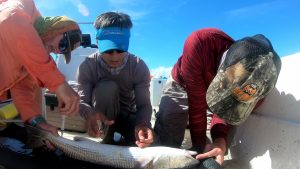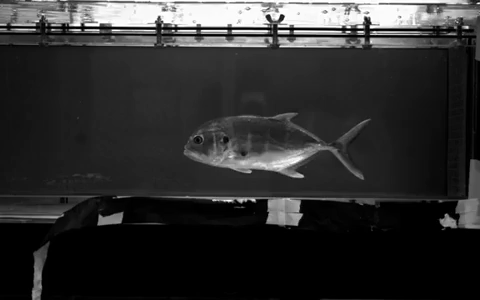
Biomechanics
Fishes routinely encounter unsteady flows in nature, such as when schooling or swimming behind a rock in a stream. We expose fishes to naturalistic conditions to better understand their movement biomechanics, energetics, and control. For example, by swimming fishes behind cylinders in flow we have discovered that they can extract energy and save in the cost of locomotion.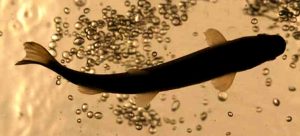
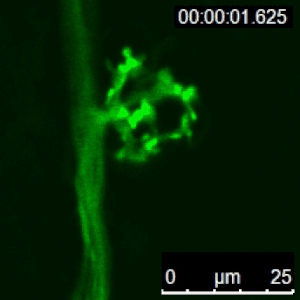
Neuroscience
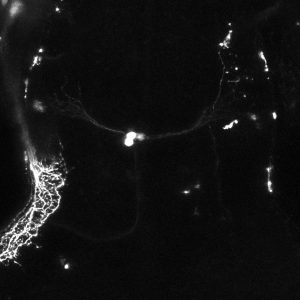
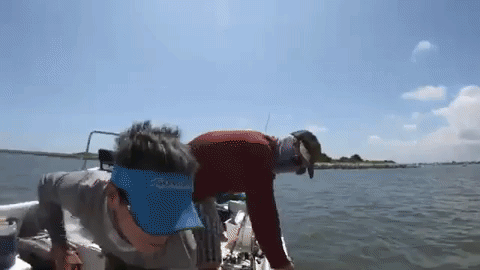
Movement Ecology
An understanding of animal movement in the wild is critical to determine the relevance of our laboratory studies to natural behaviors. Moreover, home range and movement patterns can be used for designing protected areas and restoring biodiversity in degraded habitats. We use acoustic telemetry to monitor local fish behavior, movement, and migration patterns – currently focusing on wild red drum (Sciaenops ocellatus). We can “listen” for our fish with over 1500+ tracking stations situated from the Caribbean to the Carolinas as part of our membership with the Florida Atlantic Coast Telemetry Network (FACT).